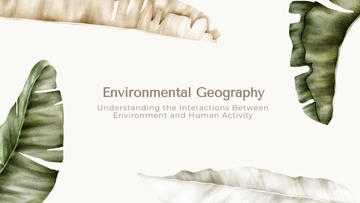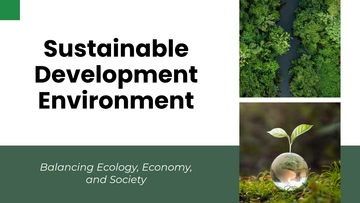EARTHQUAKE CASE STUDY
I. Introduction
The [Your Company Name] Earthquake Case Study is a comprehensive analysis of a significant seismic event that occurred in [Location] on March 12, 2050. This case study aims to delve into the 7.2-magnitude earthquake, examining its causes, effects, responses, and lessons learned. Through meticulous data gathering, rigorous research, and structured analysis, this document presents a detailed account of the earthquake's impact on [affected areas] and the subsequent actions taken by various stakeholders.
II. Background and Context
2.1 Event Overview
The earthquake that struck [Location] on March 12, 2050, registered a magnitude of 7.2 on the Richter scale, making it one of the most significant seismic events in recent history. The epicenter was located at 34.12° N, 117.30° W, and the affected area encompassed a radius of 50 miles. The seismic activity resulted in widespread damage to infrastructure, loss of lives, and disruptions to essential services such as electricity, water, and telecommunications.
2.2 Causes and Contributing Factors
An analysis of the earthquake's causes reveals a combination of natural geological processes and human-induced factors. Factors such as plate tectonics, stress accumulation, and fault movement contributed to the intensity and impact of the seismic event. Understanding these causes is crucial for devising effective mitigation strategies and enhancing resilience against future earthquakes.
III. Data Collection and Analysis
3.1 Data Sources
The data for this case study was sourced from seismic monitoring stations, satellite imagery, US Geological Survey reports, and interviews with local authorities and residents. This diverse range of sources ensures the accuracy and comprehensiveness of the information presented.
3.2 Analysis Methodology
The analysis methodology employed a multi-disciplinary approach, integrating insights from seismology, geology, engineering, and social sciences. Quantitative data such as seismic wave measurements, building damage assessments, and qualitative assessments of community resilience and response coordination were utilized to assess the earthquake's magnitude, intensity, impact on infrastructure, societal implications, and response mechanisms.
IV. Findings and Observations
4.1 Impact Assessment
The earthquake's impact was profound, leading to $500 million in damages to buildings, roads, utilities, and other critical infrastructure. The human toll included 34 fatalities, 150 injuries, and displacement of over 5,000 individuals. Additionally, the seismic activity triggered secondary hazards such as landslides and liquefaction, exacerbating the overall impact.
4.2 Response and Recovery Efforts
The response to the earthquake was swift and coordinated, involving local emergency services, FEMA, Red Cross, and volunteer organizations. Immediate priorities included search and rescue operations, medical aid, and restoring essential services. Long-term recovery initiatives focused on building retrofits, community rebuilding, and enhancing earthquake preparedness. The effectiveness of these efforts was evaluated based on response times, resource allocation, and community feedback, highlighting successes and areas for improvement.
V. Lessons Learned and Recommendations
5.1 Key Lessons
The earthquake case study identified several key lessons learned, including the importance of seismic retrofitting in high-risk areas, community-based disaster preparedness programs, and effective coordination among response agencies. These lessons serve as valuable insights for future disaster management strategies.
5.2 Recommendations
Based on the findings and lessons learned, the following recommendations are proposed to enhance earthquake resilience and response capabilities:
Mandatory seismic retrofitting for vulnerable buildings in seismic zones.
Implement community drills and education programs on earthquake safety.
Enhance inter-agency coordination and communication protocols during disasters.
Prepared By:
[Your Name]
[YOUR POSITION]
[YOUR DEPARTMENT]
Contact Details:
[Your Email]
[Your Company Number]
[Your Company Website]
[Your Company Address]
Case Study Templates @ Template.net






























